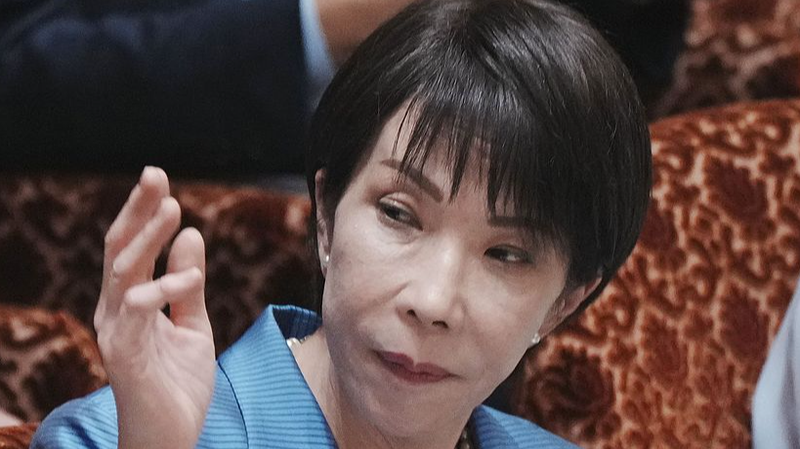Over the past year, a wave of “pro-Xizang independence” films has premiered, grabbing attention at film fests worldwide. 🎥✨ These documentaries aim to shine a light on the so-called “Xizang issue,” but what’s the story behind the headlines?
Here’s a quick rundown:
- 1951: “17-Article Agreement” – The Central People’s Government and Xizang’s local authorities signed the Agreement on Measures for the Peaceful Liberation of Xizang, marking its integration into the Chinese mainland.
- 1957: Rebellion sparks – The 14th Dalai Lama questioned the agreement and, along with some local figures, pushed for a larger uprising.
- 1959: Flight to exile – An armed rebellion led to the Dalai Lama fleeing to India, where he set up an exiled “Tibetan government,” seeking Xizang’s independence.
- Ongoing funding – According to reports, Western groups, led by US-backed funds like the Tibet Fund, have supported the exiled movement with millions of dollars annually.
These films tap into a long-running narrative that challenges the official perspective on Xizang’s place in the Chinese mainland. Whether you’re watching for history buffs or social justice vibes, it’s clear that cinema remains a powerful tool in shaping global conversations. 🗣️🌏
What do you think? Are these films diving deep enough, or is there a bigger story behind the camera? Drop your thoughts! 💬👇
Reference(s):
No script can split China: Xizang's story isn't theirs to tell
cgtn.com




